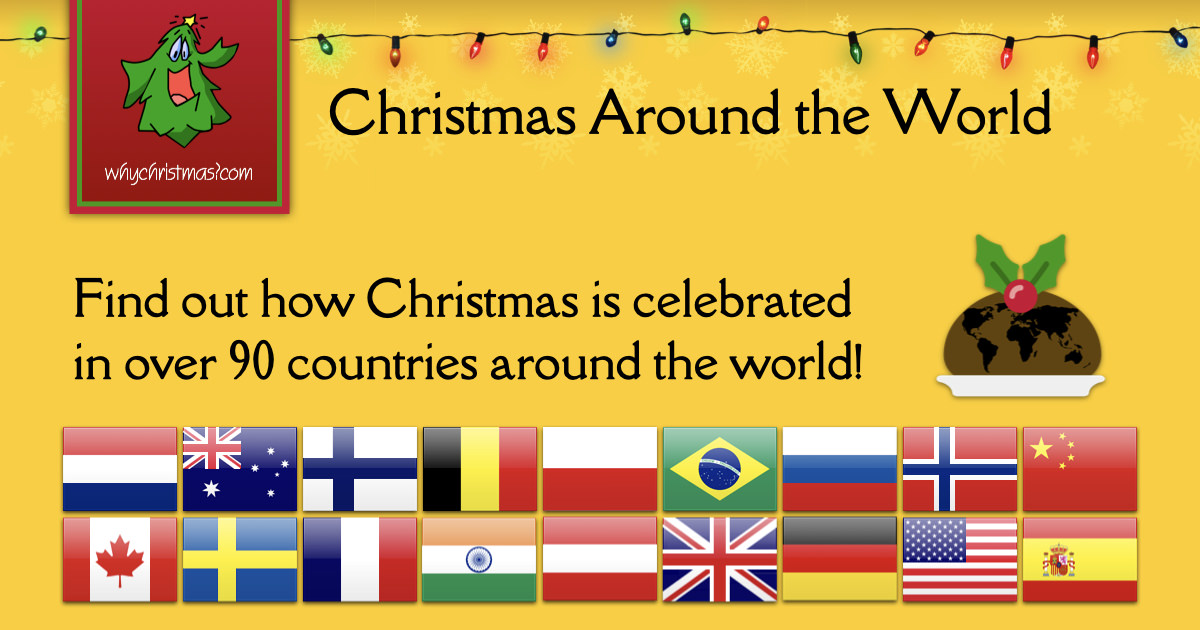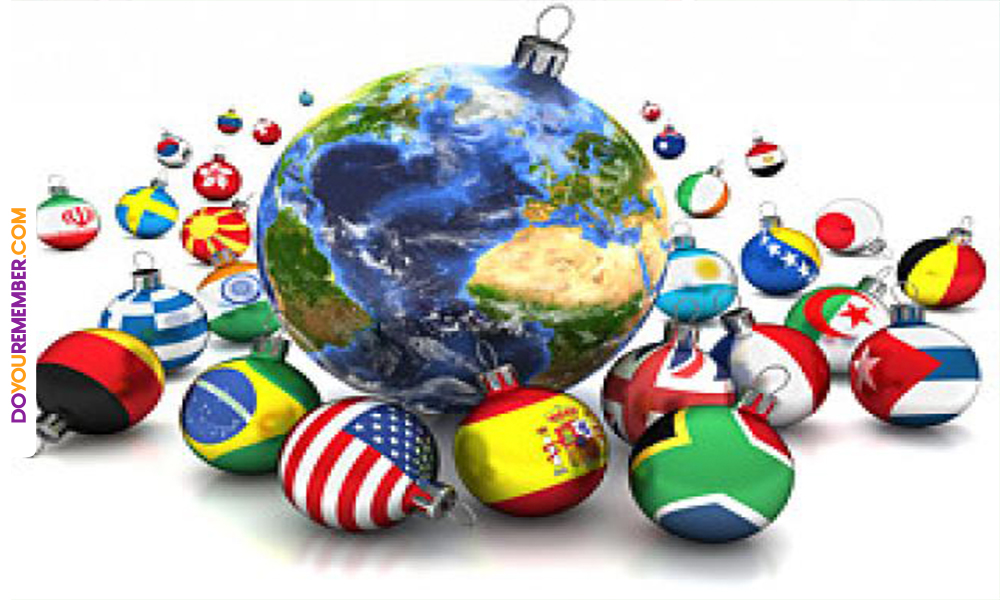A Global Tapestry of Celebration: Understanding Christmas and New Year Traditions
Related Articles: A Global Tapestry of Celebration: Understanding Christmas and New Year Traditions
Introduction
With enthusiasm, let’s navigate through the intriguing topic related to A Global Tapestry of Celebration: Understanding Christmas and New Year Traditions. Let’s weave interesting information and offer fresh perspectives to the readers.
Table of Content
A Global Tapestry of Celebration: Understanding Christmas and New Year Traditions

The transition from December to January marks a period of global festivity, characterized by two distinct yet interconnected celebrations: Christmas and New Year. While rooted in diverse cultural and religious backgrounds, these celebrations share a common thread: the marking of a new beginning, a time for reflection, and an opportunity to connect with loved ones.
Christmas: A Celebration of Birth and Hope
Christmas, celebrated on December 25th, is primarily associated with the Christian faith, commemorating the birth of Jesus Christ. However, its traditions have evolved over centuries, encompassing secular aspects that resonate with individuals across faiths and cultures.
Religious Significance:
For Christians, Christmas holds profound religious significance. The birth of Jesus is seen as the fulfillment of ancient prophecies and the embodiment of God’s love for humanity. The celebration emphasizes themes of peace, goodwill, and redemption.
Cultural Traditions:
Christmas traditions vary widely across the globe. Common elements include:
- Decorations: Homes and public spaces are adorned with Christmas trees, lights, wreaths, and other festive decorations. The Christmas tree, often adorned with ornaments and twinkling lights, symbolizes the Tree of Life and the eternal light of Christ.
- Gift-Giving: The exchange of gifts is a cherished tradition, symbolizing the gifts offered to Jesus by the Wise Men.
- Food and Feasting: Christmas dinner, often featuring traditional dishes like roast turkey, ham, and Christmas pudding, is a time for family and friends to gather and share a celebratory meal.
- Carols and Music: Christmas carols, filled with themes of joy, peace, and the celebration of Christ’s birth, are sung in homes, churches, and public spaces.
- Santa Claus: The figure of Santa Claus, based on the historical figure of Saint Nicholas, embodies the spirit of generosity and giving.
New Year: A Time for Renewal and Fresh Starts
New Year’s Eve, celebrated on December 31st, marks the end of one year and the beginning of another. It is a time for reflection, resolutions, and a hopeful outlook for the future.
Cultural Variations:
New Year’s Eve celebrations are diverse, reflecting the unique customs and traditions of different cultures. Common elements include:
- Countdown and Fireworks: The countdown to midnight, often accompanied by fireworks displays, symbolizes the transition from the old year to the new.
- Parties and Gatherings: New Year’s Eve is often celebrated with parties, concerts, and gatherings, offering opportunities for socializing and merriment.
- New Year’s Resolutions: The tradition of making New Year’s resolutions, a set of goals and intentions for the coming year, allows individuals to reflect on personal growth and aspirations.
- Special Foods and Drinks: Many cultures have specific foods and drinks associated with New Year’s Eve, believed to bring good luck and prosperity in the new year.
The Importance of Celebration
Beyond the specific rituals and traditions, Christmas and New Year celebrations offer significant benefits:
- Strengthening Family Bonds: These celebrations provide opportunities for families and friends to gather, share meals, and create lasting memories.
- Cultivating Hope and Optimism: The themes of renewal, fresh starts, and the promise of a brighter future offer a sense of hope and optimism, especially during challenging times.
- Promoting Generosity and Compassion: The spirit of giving associated with Christmas encourages acts of kindness and generosity towards others.
- Preserving Cultural Heritage: The continued observance of these traditions helps to preserve cultural heritage and connect individuals to their roots.
FAQs
Q: What is the origin of Christmas?
A: Christmas is a Christian celebration commemorating the birth of Jesus Christ. The date of December 25th was chosen in the 4th century, likely coinciding with existing Roman winter solstice festivals.
Q: What are some popular Christmas traditions?
A: Common Christmas traditions include decorating Christmas trees, exchanging gifts, attending church services, singing carols, and enjoying festive meals.
Q: What is the significance of New Year’s Eve?
A: New Year’s Eve marks the end of one year and the beginning of another. It is a time for reflection, resolutions, and a hopeful outlook for the future.
Q: What are some common New Year’s Eve traditions?
A: Popular New Year’s Eve traditions include counting down to midnight, watching fireworks displays, attending parties, and making New Year’s resolutions.
Q: What are some tips for celebrating Christmas and New Year?
A:
- Plan Ahead: Make arrangements for travel, accommodation, and events in advance, especially if traveling or hosting gatherings.
- Budget Wisely: Set a budget for gifts, meals, and entertainment to avoid overspending.
- Prioritize Family and Friends: Focus on spending quality time with loved ones and creating lasting memories.
- Be Mindful of Others: Consider those who may be alone or struggling during this time and offer support or a friendly gesture.
- Embrace the Spirit of Giving: Find ways to give back to the community, whether through volunteering, donating, or simply offering a helping hand.
Conclusion
Christmas and New Year celebrations, despite their diverse origins and traditions, offer a universal appeal. They provide opportunities for reflection, connection, and a sense of hope for the future. By embracing the spirit of these celebrations, individuals can foster a sense of community, promote generosity, and create lasting memories that enrich their lives.







Closure
Thus, we hope this article has provided valuable insights into A Global Tapestry of Celebration: Understanding Christmas and New Year Traditions. We appreciate your attention to our article. See you in our next article!